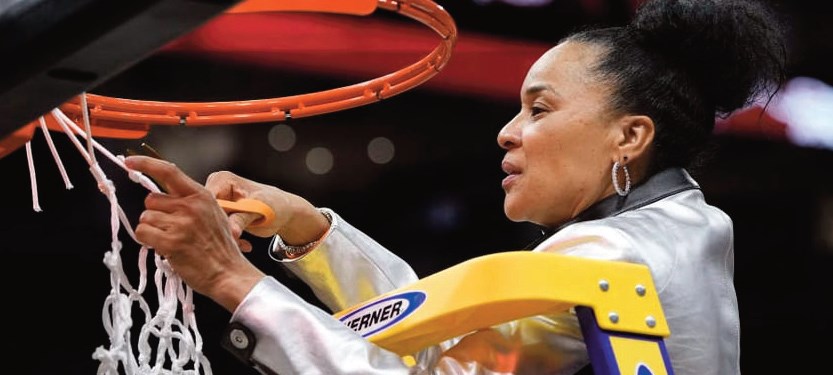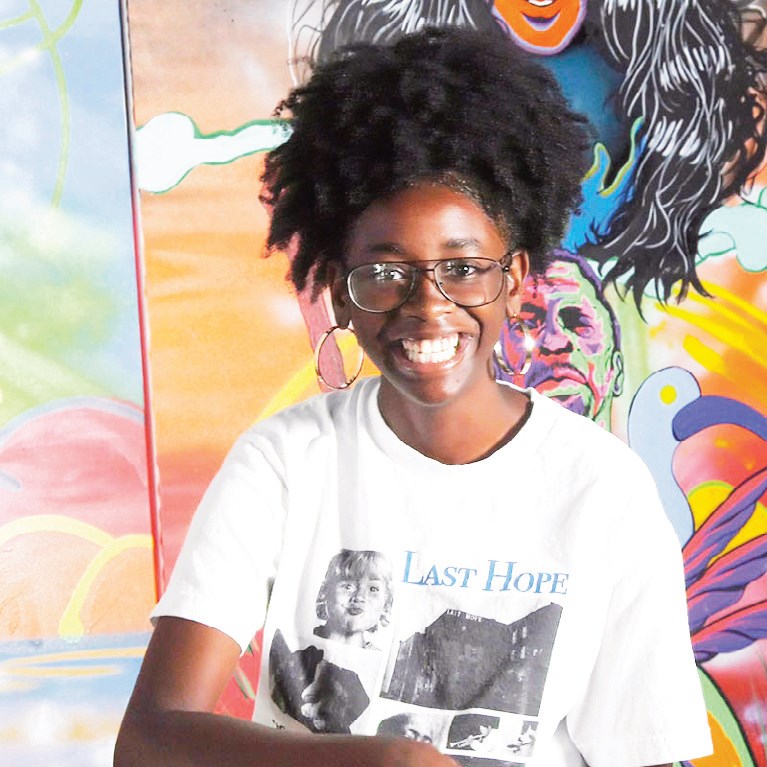 WASHINGTON — Michelle Obama says it’s time for America to “drink up.” The first lady who has pushed America to eat better and to exercise more has helped launch a national campaign to encourage everyone to drink more plain old-fashioned, calorie-free water.
WASHINGTON — Michelle Obama says it’s time for America to “drink up.” The first lady who has pushed America to eat better and to exercise more has helped launch a national campaign to encourage everyone to drink more plain old-fashioned, calorie-free water.
“If we were going to take just one step to make ourselves and our families healthier probably the single best thing we could do is to just drink more water,” she said Thursday at the high school in Watertown, Wis., where the Partnership for a Healthier America kicked off the initiative with backing from the beverage industry, media, government and entertainers such as actress Eva Longoria.
“We all have a choice about what to drink, and when we choose water, we are choosing to be our very best,” she said.
Every bodily system depends on water, which makes up about 60 percent of a person’s body weight, according to the Mayo Clinic. Water also is a good option for people concerned about weight control, is largely inexpensive and is available practically everywhere.
Yet despite trends showing a rise in water consumption and declines in the amount of soda people drink, Larry Soler, the partnership’s president and chief executive, said the “drink up” water campaign is needed. Health advocates blame the corn syrups and other sugars in soda for obesity. One leading consumer advocacy group said the campaign should be about encouraging people to drink less soda.
“That’s exactly the type of impact we’re glad to be seeing, and we want to accelerate that because we still have an enormous problem in this country with rates of obesity,” Soler said.
Sam Kass, executive director of “Let’s Move,” the anti-childhood-obesity initiative Mrs. Obama rolled out in 2010, cited federal statistics showing that about 40 percent of adults drink fewer than four cups of water daily and that one-fourth of kids below age 19 don’t drink any plain water on any given day.
There’s not one official recommendation for how many cups to drink. But, in 2004, the Institute of Medicine said the average person gets enough water every day from a mix of beverages, including caffeinated ones, and the water that exists in fruits and other food.
Soler emphasized that the campaign is not about pushing a particular type of water, or stressing water over other beverages, although Mrs. Obama in the past has counseled people to switch from sugary soda to water and has talked about seeing improvement in her daughters’ health after making that change in their diets.
The first lady also has been criticized by people who accuse her of being the nation’s food police.
“Every participating company has agreed to only encourage people to drink water, not focus on what people shouldn’t drink, not even talk about why they may feel their type of water is better than another,” Soler said. “It’s just ‘drink more water.’”
The Center for Science in the Public Interest consumer advocacy group said a better campaign message is to drink less soda.
“Soda and other sugar drinks are one of the biggest promoters of obesity and diabetes, and advocating drinking more actual water and less sugar water is one of the most important messages that ‘Let’s Move’ could deliver,” said Michael Jacobson, the center’s executive director.
The American Beverage Association, which represents the makers of soft drinks, sports drinks, energy drinks, juices and juice drinks, and bottled water and water beverages, supports the campaign, as does the International Bottled Water Association, among others, Soler said.
To coincide with the campaign’s launch, the first lady promoted drinking more water in a series of videotaped messages that were being broadcast all day Thursday on various TV talk-shows, from morning to late night.
The campaign’s logo, a blue water drop with the words “drink up” in white, eventually will appear on packages of bottled water, individual bottles of water themselves and reusable bottles, Soler said, and on more than 10,000 outdoor public drinking fountains.












No Comment